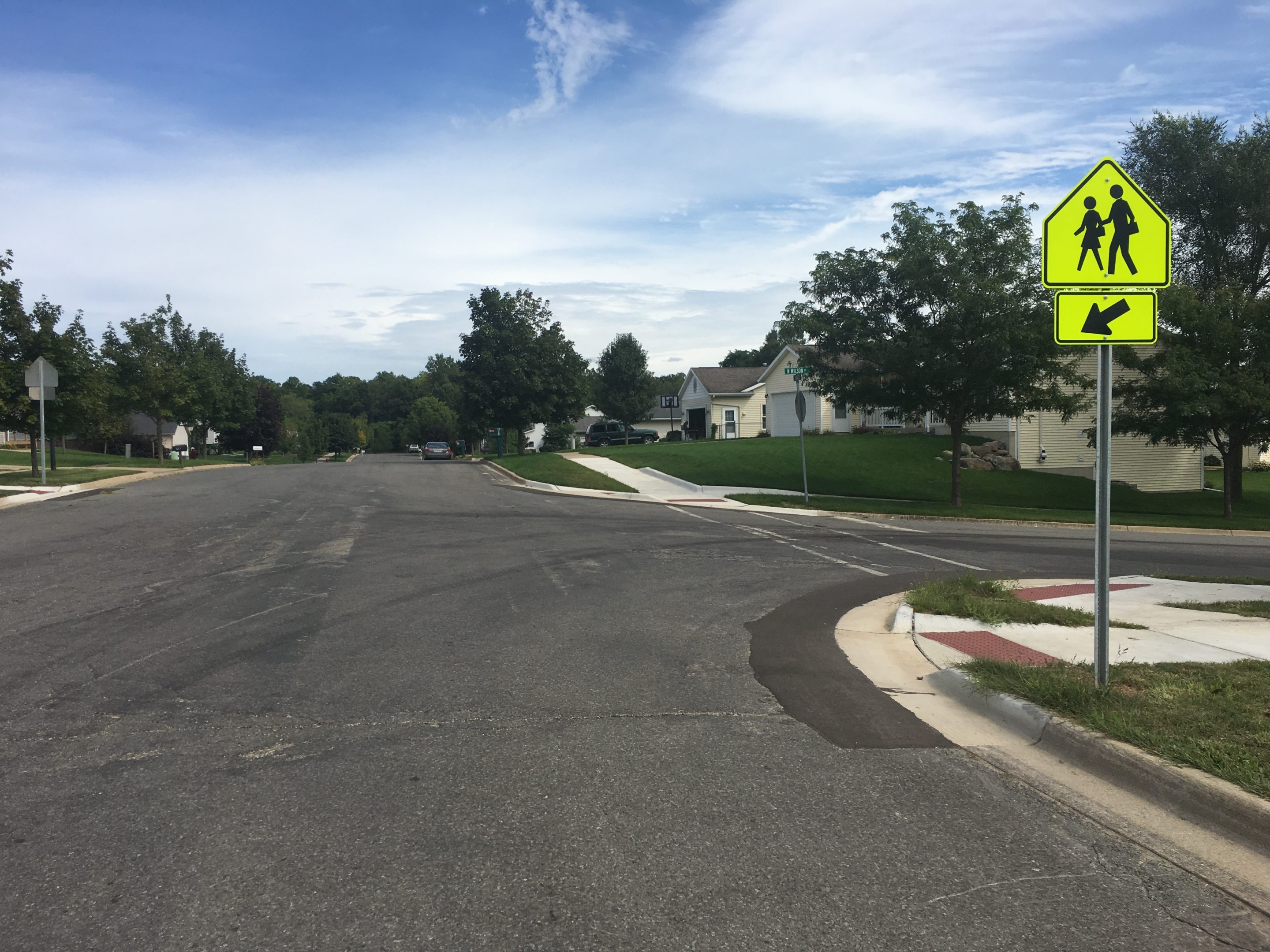Having a consistent and committed group of diverse stakeholders helps create a smooth Safe Routes to School planning process and leads into a strong application. It’s one aspect that can initially hold a community back from getting started. This was the case with the City of Hastings, a small community on the west side of the state. After having a few stalled starts due to staff turnover, a team was formed and MSU action plan support services were pursued to add capacity during the planning process.

The planning process is meant to identify the infrastructure and non-infrastructure obstacles to making non-motorized travel to school a viable option for residents. Matt Goebel, Director of Curriculum for Hastings Area School System, put it this way, “We knew many students got dropped off in the morning even with the schools being in the central area. Kids living two blocks away are being dropped off. The planning gave us the reasons for why we were seeing this and some ways to address them.” Audits identified the gaps in the sidewalk grid system which separated the schools located in the residential and downtown areas from a larger base of the community. Surveys and community meetings surfaced the concern of safety as a limiting factor to viewing walking and biking as an attractive option.
This limiting factor of safety, which greatly informed parents’ decisions to let their students walk, became the priority focus for educational programming. The B. Healthy Coalition’s participation on the team identified an easy way to deliver pedestrian and bike safety programming to students by planning to integrate activities within their existing structure focused on healthy living.
Helping the public understand and visualize the concerns outlined in the planning process can be challenging. The action planning assistance from MSU provided credibility when the SRTS team held conversations with the public. Lee Hays, Director of Hastings Public Services observed, “The graphics that MSU produced helped the public envision the end product.” This and the prospect that SRTS funding would cover the construction costs of the proposed work made the political opposition to the infill of sidewalks low.

The planning for Safe Routes to School was part of the beginning conversation in the Hastings community on biking and building momentum for safer active transit options. City Manager, Jeff Mansfield commented, “People want kids to be safe. The Safe Routes to School program was about giving people options and encouraging the right use of those spaces for our community. We know it will take time, but we think we’re going to see more kids walking to school in a safer manner and we’re excited to see that change in Hastings.”
- Infrastructure Grant Amount $659,445.52
- Non-Infrastructure Grant Amount $24,000
Project impact: Better connectivity through key gaps in existing infrastructure between residential areas and schools.
